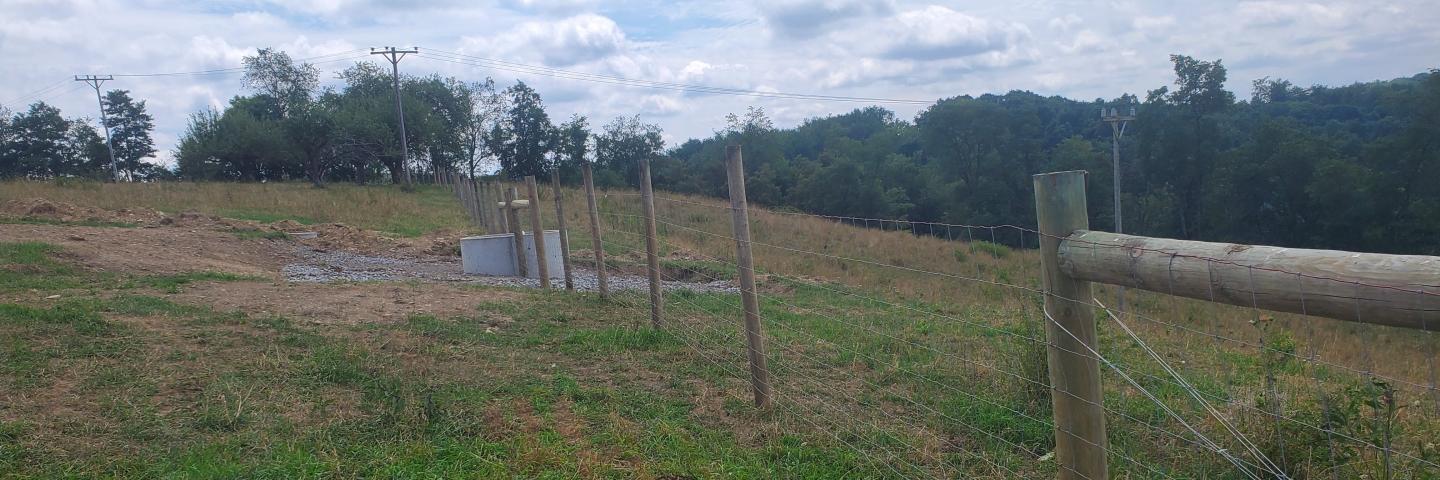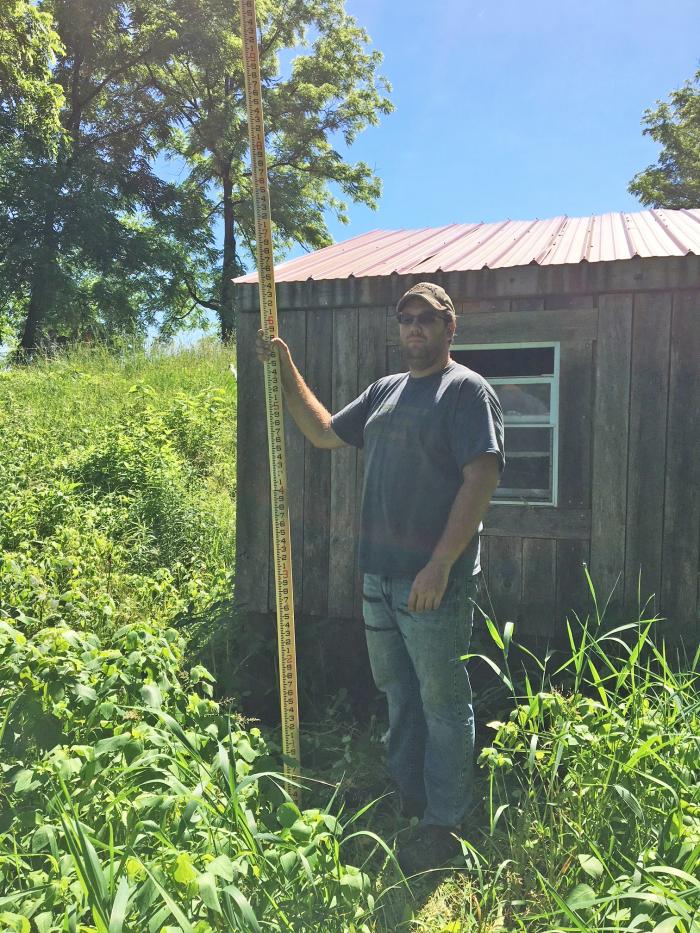Rotational Grazing Improves Soil Health on Washington County Farm

Following his father and namesake, Dr. Henry Holets, Henry is continuing to do what is best for his land. With the help of USDA’s NRCS, Henry was able to implement a rotational grazing system, which allowed his livestock to properly graze his entire 75-acre pasture.
Henry Holets is a second-generation farmer and owner of a 35-head cow operation in Washington County, Pennsylvania. Following his father and namesake, Dr. Henry Holets, Henry is continuing to do what is best for his land. With the help of USDA’s Natural Resources Conservation Service (NRCS), Henry was able to implement a rotational grazing system, which allowed his livestock to properly graze his entire 75-acre pasture.
Holets recognized that he lacked adequate water supply in his pastureland, which caused livestock to overgraze close to existing water troughs. As a result, livestock were not grazing most of the available pasture. This led to resources concerns such as soil erosion, inadequate plant composition, water quality, and soil health in overgrazed areas.

The Washington County Conservation District made the initial visit to the Holets operation and wrote a manure management plan. The Conservation District also assisted in survey, layout, and checkout of contracted practices after directing Holets to the local NRCS office.
While working with NRCS, Holets signed an Environmental Quality Initiatives Program (EQIP) contract to implement a prescribed rotational grazing system. This prescribed rotational grazing system included the installation of interior fencing to guide livestock within the pasture and direct the animals to graze throughout, rather than overgraze in one area.
The plan also implemented conservation practices including a pipeline, heavy use area, water facilities, and pumping plant. These conservation practices allow for water to be directed properly throughout the pasture, as well as livestock. By directing livestock within the pasture, it allows Holets to control grazing more effectively. The prescribed rotational grazing plan not only increased water quality and soil health in the pasture, but also decreased soil erosion in the areas that were overgrazed.
Implementing this grazing system enables livestock to better utilize all pastureland acres on the Holets operation, rather than overgrazing within a small area. Grazing the maximum amount of pastureland acres will not only increase forage production, but also decrease long term feed costs for Holets.

